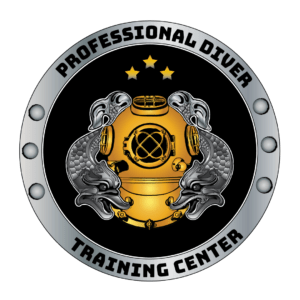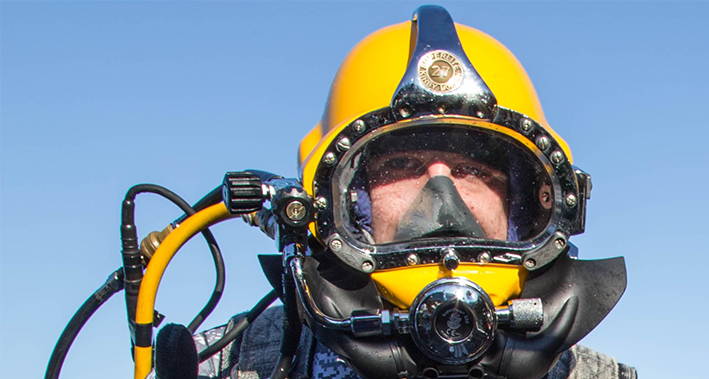Is Commercial Diving Dangerous?
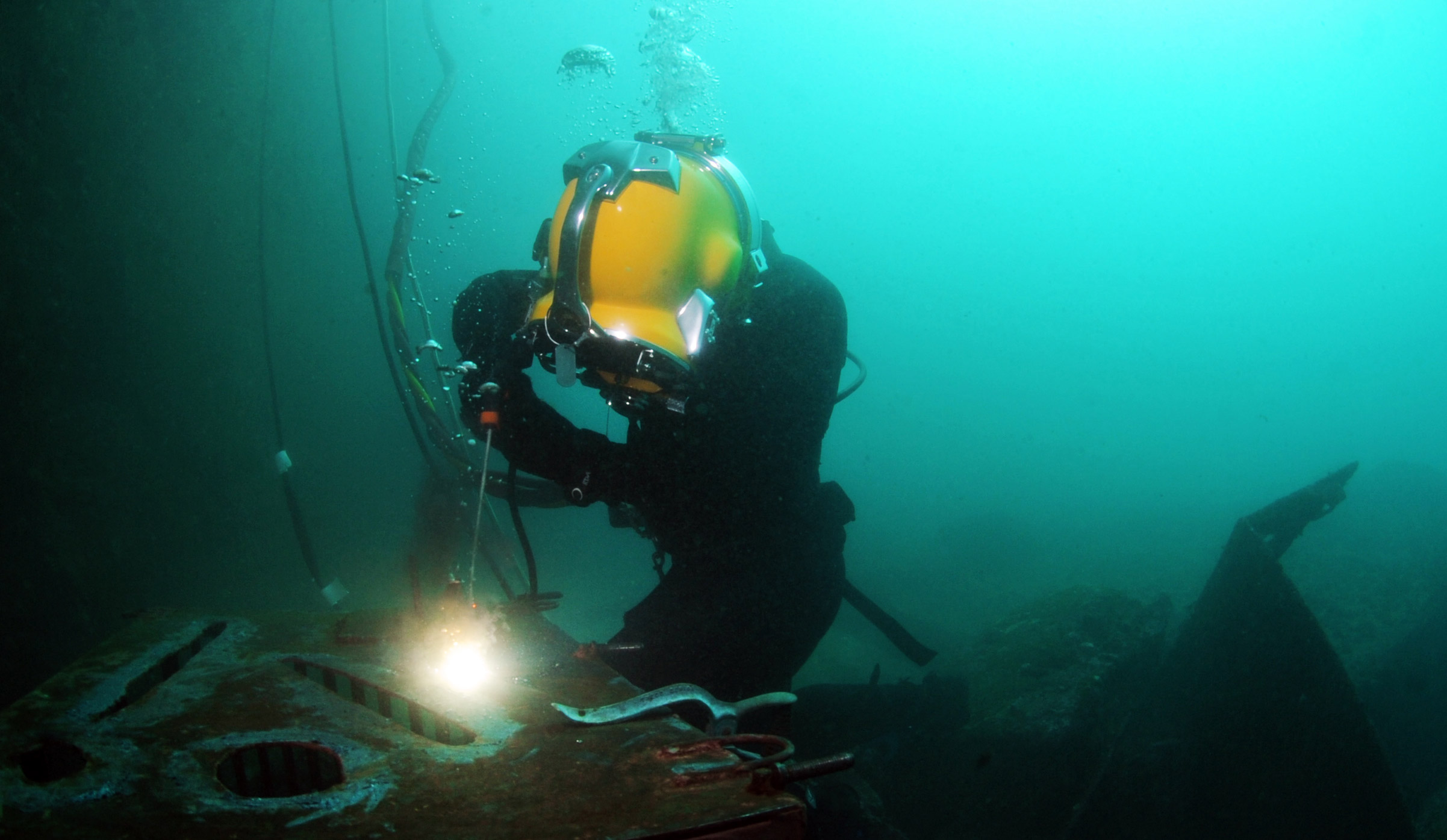
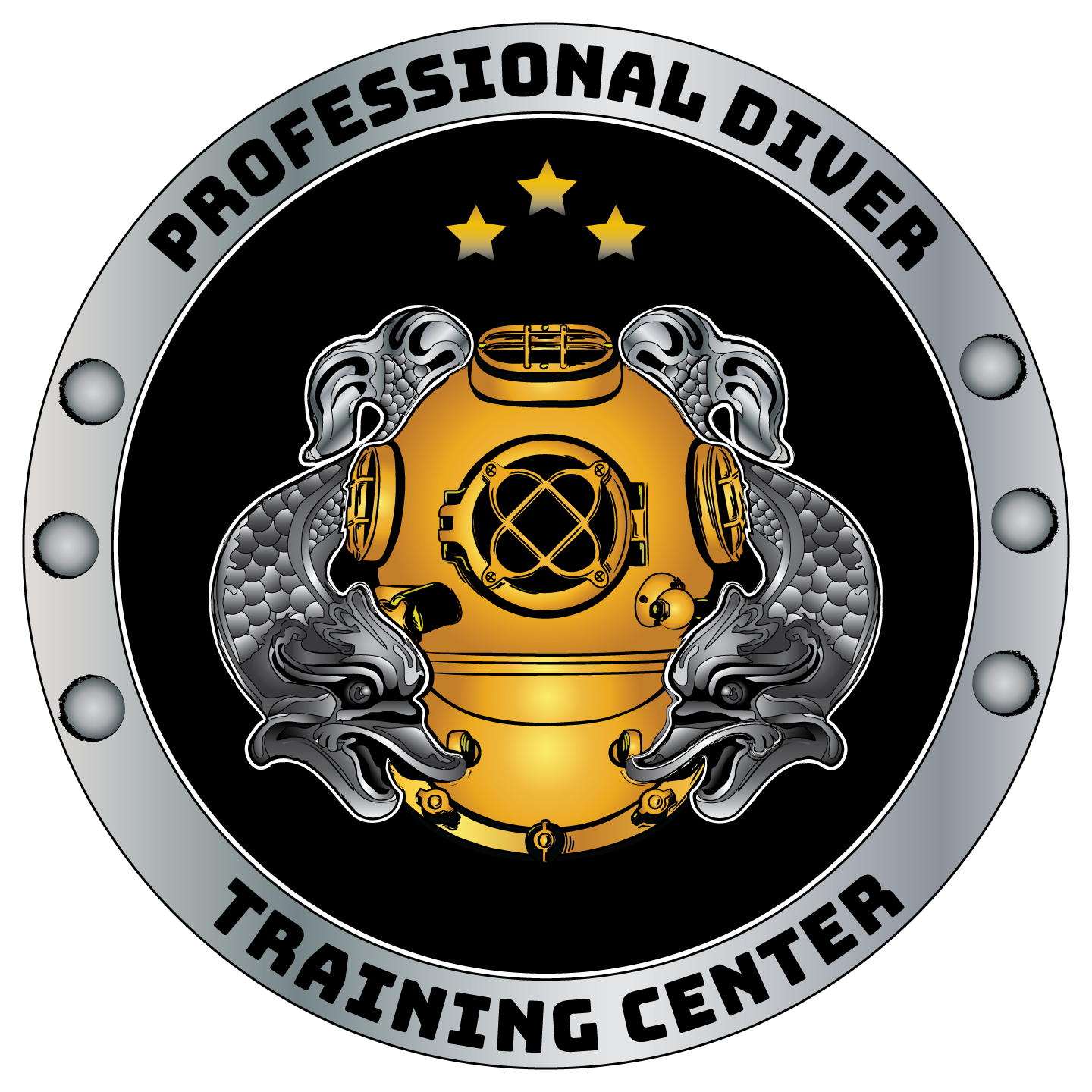
Written by PDTC
Commercial Diving is an exciting, challenging, and rewarding career. Commercial Divers typically work for around 120 to 180 days per year, yet average the same or even higher salaries than some standard 9 to 5 careers that require an Associate, or in some cases, Bachelor degrees. Many people interested in becoming commercial divers are intrigued by these and many other facets of the job, but one of the most common barriers to entering the industry is the idea that commercial diving is extremely dangerous. We’re here to break it all down for you and give you the truth about the question, “Is Commercial Diving Dangerous?”.
The short answer is yes, it is dangerous but extremely dangerous? That answer is more complex. See, commercial diving is an active job with variable conditions both above and under the water. Combine this with long stints at depths far below the surface, frequent use of welding and other power tools such as drills and chainsaws, and there are some definite increases in safety risks, especially when compared to a standard desk job. However, when we talk about danger, we need to be comparing this industry to something more on par with its type of work. For instance, the construction industry. The construction industry accounts for 20% of worker fatalities in the United States while only containing 6% of the total workforce.
There are no training standards for most construction workers, they don’t have to graduate from anywhere to start and many join crews with little or absolutely no experience or training. Over 55% of construction workers believe they should have more safety training. The good news is since OSHA started increasing safety regulations in this industry, worker deaths in America are down on average, from about 38 worker deaths a day in 1970 to 15 a day in 2019. If we compare this to the fact that, when last studied, there were roughly 6 to 13 diving fatalities a year in the commercial diving industry, and account for the strides made to the safety standards since, we can see that the perceived danger levels are somewhat diminished.
When comparing similar industries, commercial diving, while still a high-risk occupation, is not unmanageable.
Unlike construction workers, each commercial diver typically has a team made up of a dive supervisor, a backup safety diver, numerous tenders, a life support technician, and a backup safety diver tender that work in tandem to keep the diver safe. Not only is the crew there to help the diver, but there is also a handful of specialized gear like decompression chambers, diving bells, and professional life support equipment. With all of these precautions taken into account, the new question becomes, “Why are there fatalities at all?” We’ll check out some common safety issues divers face in the field and how best to handle or avoid them entirely.
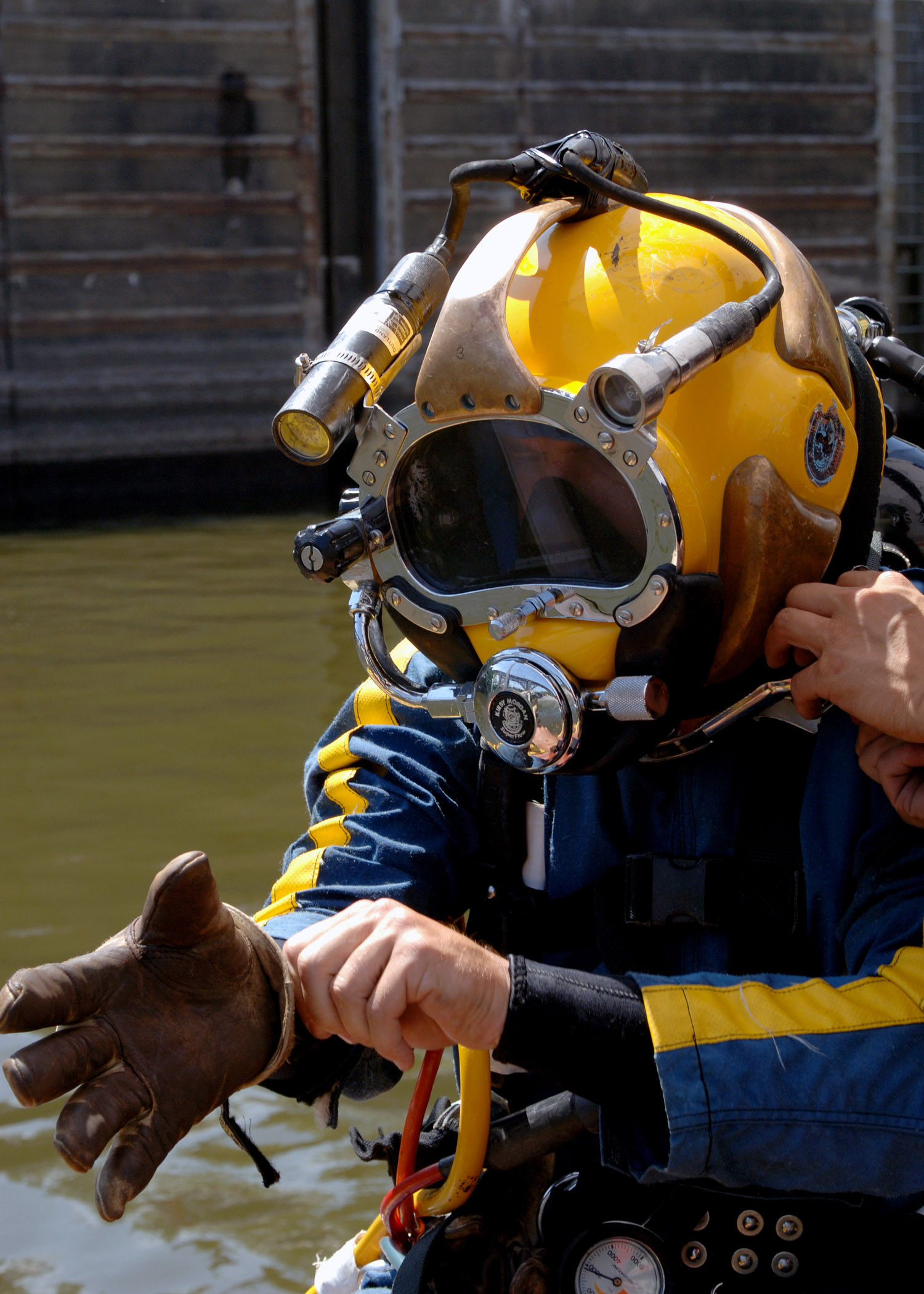
Decompression Sickness:
Commercial divers frequently use nitrox, or mixed gases for breathing, especially when working deep underwater. Decompression sickness happens when gas bubbles from the special mixes end up forming inside the body. Although it’s a natural process, these gases can expand when divers come back to the surface causing joint pain and rashes or in extreme cases paralysis and even death. It’s a real danger to all divers.
Fortunately, dive operators have tools on hand to prevent decompression sickness and there are strict safety protocols and procedures divers can follow to avoid D.C.S. Follow these rules, policies, and procedures to the letter every time, and the risk of getting D.C.S reduces dramatically.
Oxygen Deprivation:
Sometimes commercial divers use tanks, and sometimes when on deeper dives, they can use surface lines that run hundreds of meters. Under certain conditions, these lines may get pinched.
To prevent the diver from running out of oxygen when using tanks, divers have backups for their main systems. Standard diving bells have several gas backup systems to use should their main one fail. The dive team’s backup diver is also trained to react at a moment’s notice to bring down a backup gas umbilical should the main diver need it.
In the case of tangled wires begin a controlled ascent to the surface, remembering to exhale as you go. Activate an audible signal (e.g., bang on your tank with a knife) or bring your situation to the attention of other nearby divers.
Nitrogen Narcosis:
Below 100 feet, high-pressure conditions can cause certain gasses to have intoxicating effects. When the effects are mild, divers may feel slightly inebriated, but when severe divers can become paralyzed or lose consciousness causing them to run out of air and consequently drown.
Reducing the risk of this condition can be simple in certain scenarios. Divers experiencing nitrogen narcosis must calmly ascend to lower depths where the effects are reversed. For divers below 190 feet, this is avoided entirely by using a blend of oxygen, nitrogen, and helium, also known as trimix.
Unsafe Company Cultures:
Kyla Richter was a diving supervisor who saw that many companies were claiming that a lack of diver experience was the primary factor in underwater welding deaths. She randomized a sample of 40 fatalities from a report published by The Divers Association, an organization that fights for the improvement of commercial diving safety standards worldwide, and found the average age of the diver was 37. She concluded that if welders who had been working in the field for up to 15 years were the ones dying, it wasn’t due to the diver’s lack of experience. She inferred that “companies are getting away with poor safety measures and investigations need some serious revision if they really mean to improve conditions for employees and not protect the interests of the company. Find her full report here.
With these things in mind, it’s good to acknowledge the truth about the dangers inherent to commercial diving. Divers who work long-term in the industry know the importance of strictly following all safety protocols, staying calm, and being able to identify unsafe company cultures. Veterans of the industry place high-quality training at the top of their list of priorities. They have real-world experience that can help you prepare for and identify potential hazards for yourself and others before they turn into life-threatening emergencies. If you train hard, follow all safety protocols, stay calm, and know how to identify and avoid unsafe situations, there’s no reason why you too can’t have a long, fulfilling career in this exciting, fast-growing industry.
Related Articles
Related
Underwater Welding Equipment: Commercial Diving Tools Part Two
If you read part one of our underwater power tools series, you may have noticed one important tool set missing from the list: Underwater Welding Equipment. These are one of the most utilized sets of equipment in commercial diving and deserve an introduction all their...
Commercial Diving Tools: Part One
You’re interested in becoming a commercial diver. You’ve already read up on the basic equipment you’ll be using like helmets, wetsuits, gloves, and boots, but what about the bigger, heavier equipment like power tools? It might surprise you to learn that there are...
Business is Booming: The Growth of the Commercial Diving Industry
If you’ve recently been finding yourself more interested in becoming a commercial diver, you’re not alone. Becoming a commercial diver may only require a comparatively short period of education, but there are a wide variety of occupations this certification opens...
Follow Us
Subscribe For Updates & Offers
GET THE LATEST NEWS AND UPDATES ABOUT PRO DIVER TRAINING CENTER. PLUS WE’LL KEEP YOU INFORMED ON ALL THE LATEST TRENDS, TOOLS, AND TECH HAPPENING IN THE COMMERCIAL DIVING INDUSTRY.
